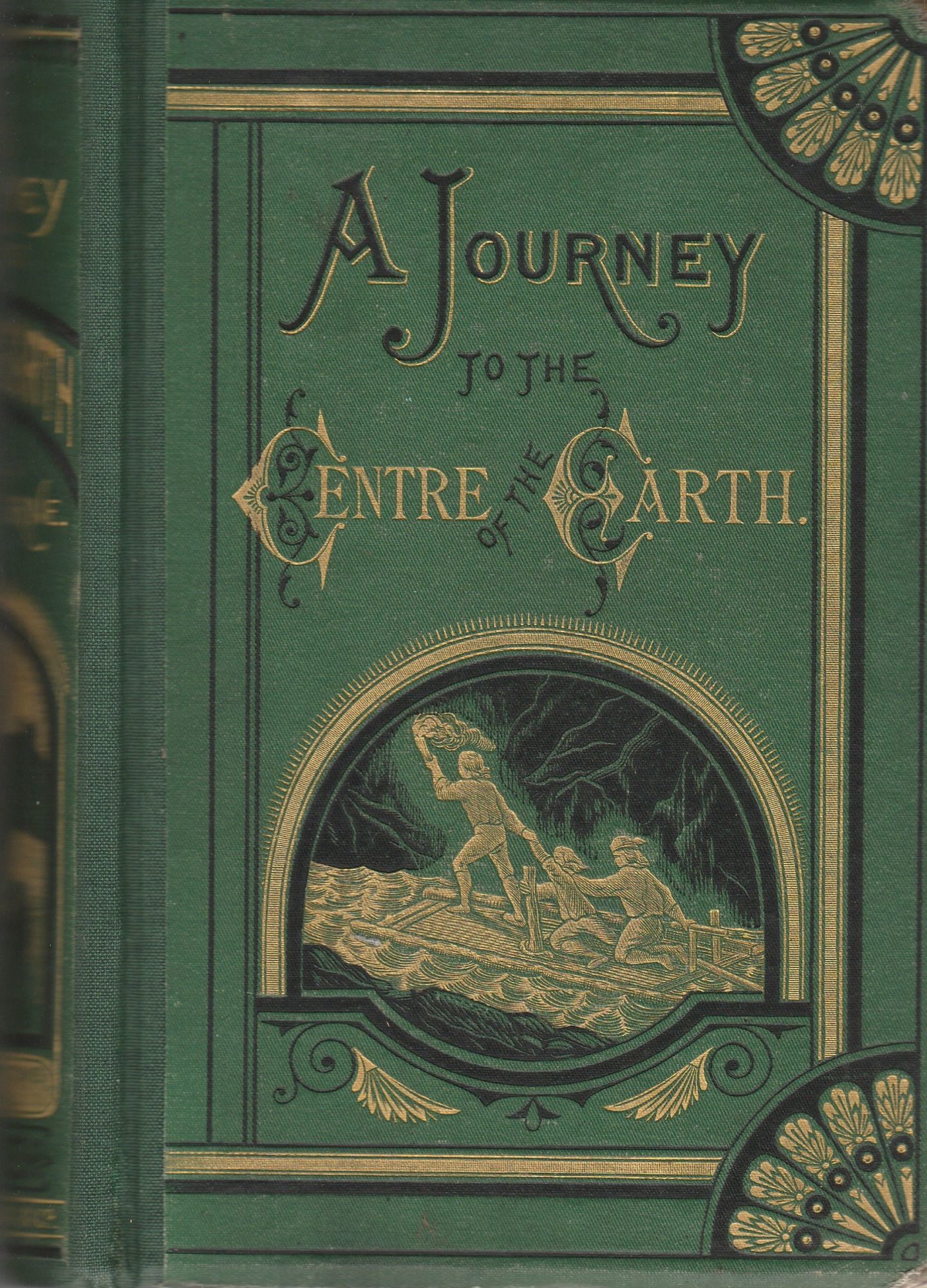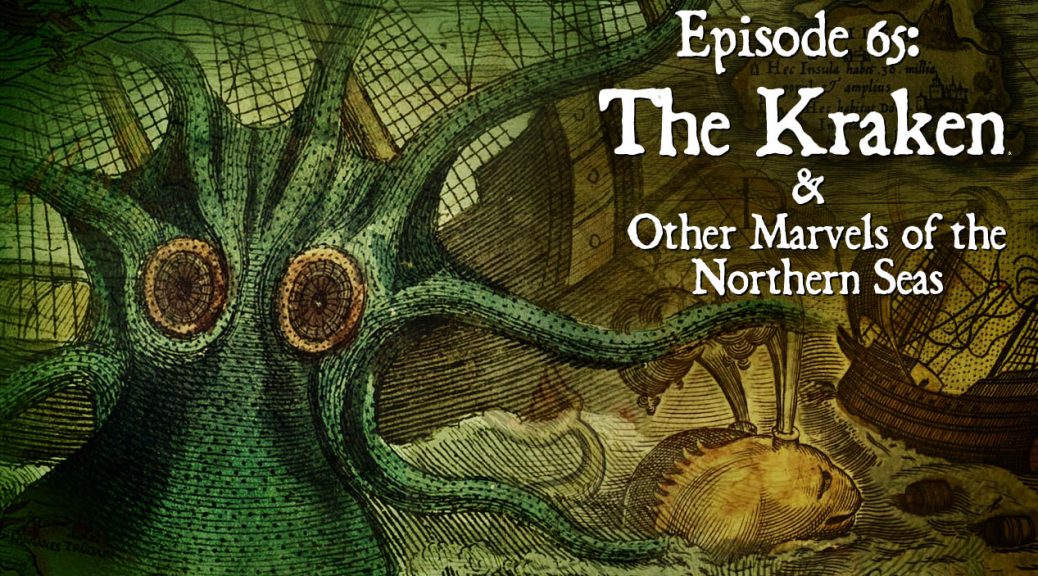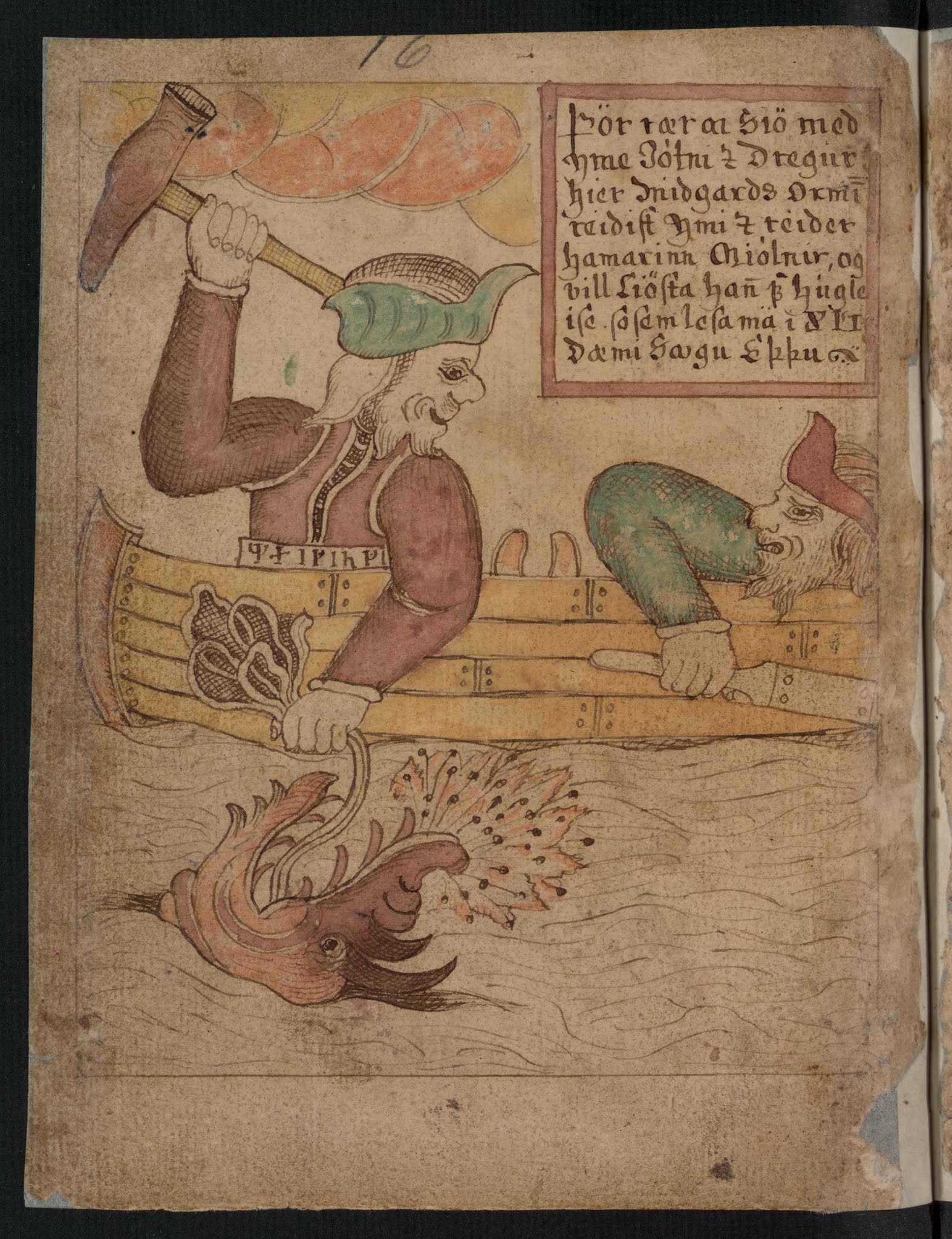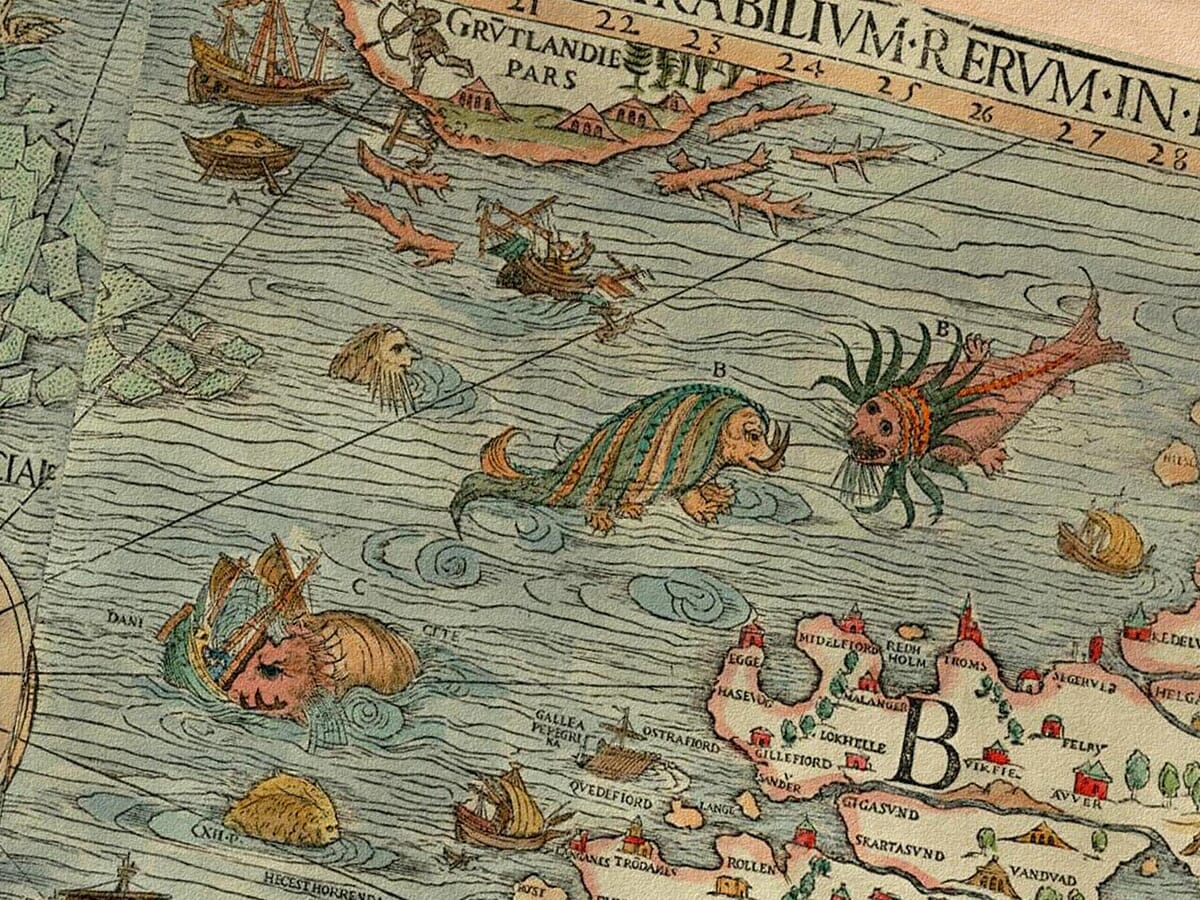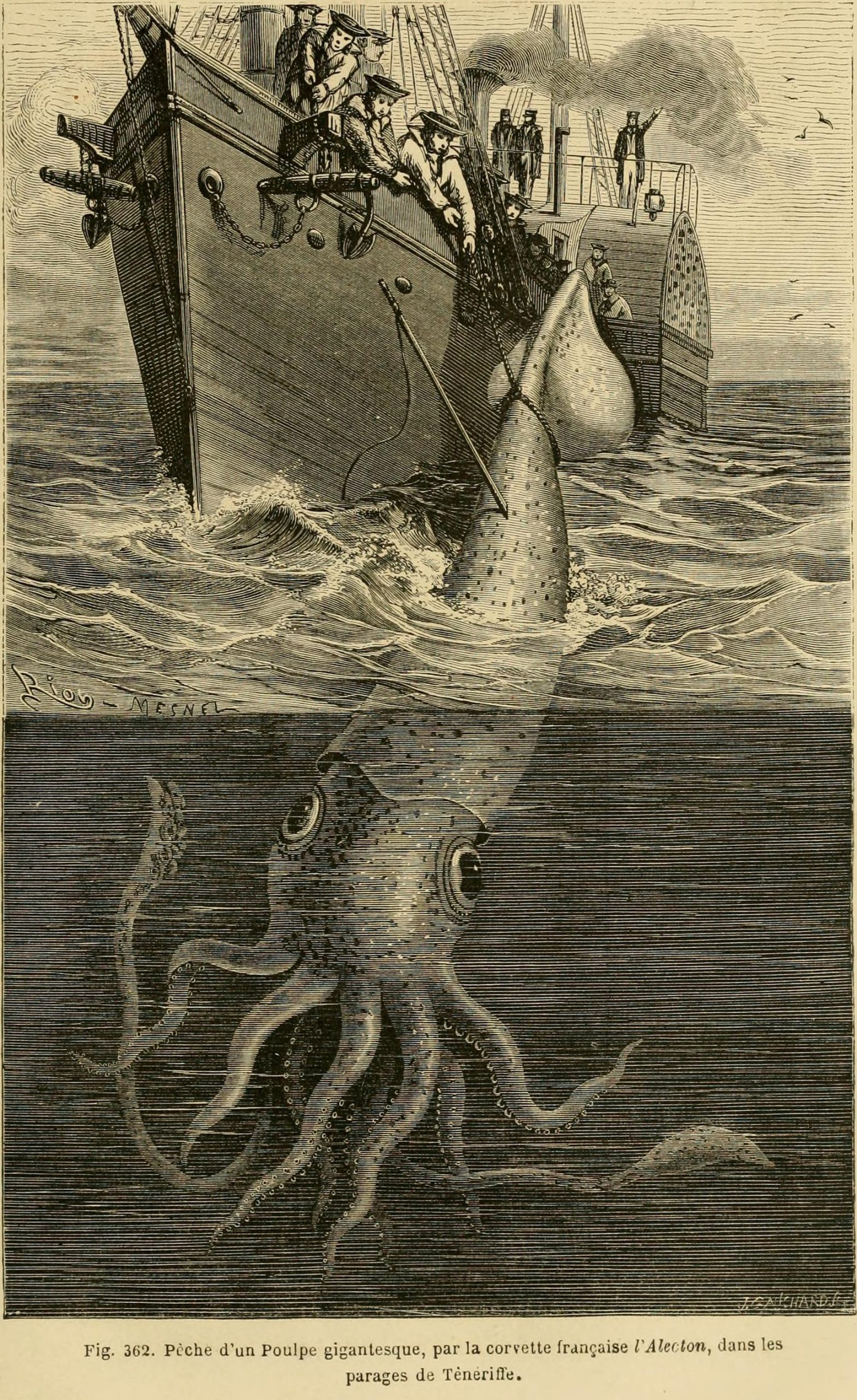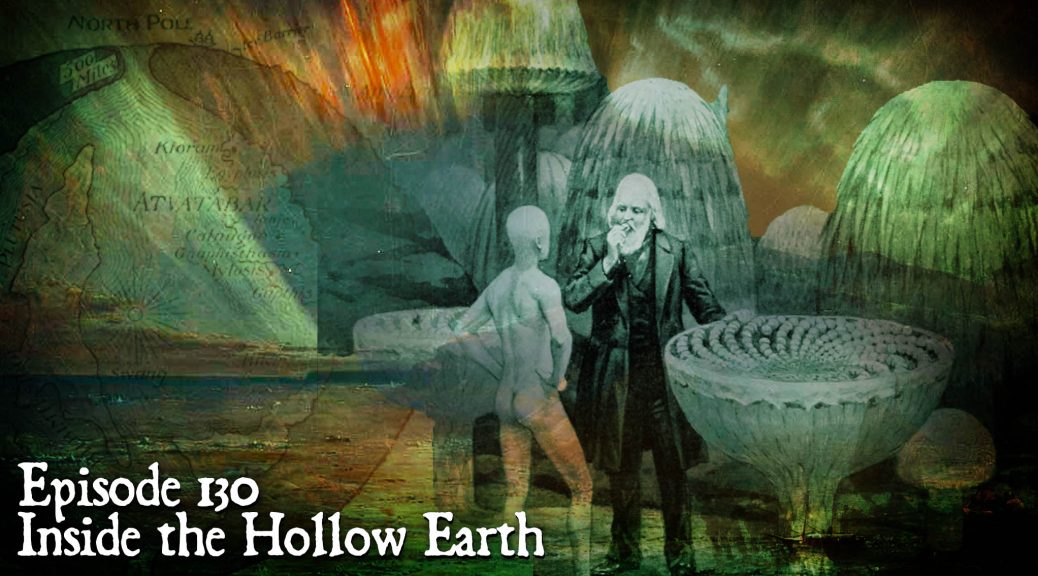
Inside the Hollow Earth
Podcast: Play in new window | Download (Duration: 1:01:00 — 69.8MB)
Subscribe: Apple Podcasts | Spotify | Android | Podchaser | RSS | More
Borrowed from fairy lore, the notion of a hollow earth peopled by superior beings became a theme of literary fantasies as early as the 17th century and went on to influence fringe theories of the earth’s structure into the 19th century.
We begin with a snippet of the medieval Norwegian ballad “Liti Kjersti,” telling the fairy story of a young woman abducted into the earth by the Mountain King, and follow this an anecdote from Gerald of Wales’ 12th-century Itinerarium Cambriae (Journey through Wales) describing a kidnapping of a young boy by “two tiny men,” and the interior world he visits.
We then hear from Margaret Cavendish, a 17th-century poet, playwright, and writer on a variety of philosophical, political, and scientific topics. Her poem “The Fairy Queen’s Kingdom”(1653) and prose fantasy The Blazing World (1666) introduce the idea of interior kingdoms accessible only through entrances at the polar ends of the earth.
Over the next couple centuries, at least a half dozen novels describing travels into an interior world appeared. We briefly touch on Danish-Norwegian writer Ludvig Holberg’s Niels Klim’s Underground Travels (1741), Giacomo Casanova’s Icosaméron (1788), American writer Mary Bradley Lane’s Mizora: A Prophecy (1880), and Irish-American writer William R. Bradshaw’s The Goddess of Atvatabar (1892), the last coming closer to what we would think of today as science fiction. Universal to these hollow earth tales is portrayal of the interior civilization as a utopia, highlighting the failings of our own.
We then spend some time examining the particularly weird hollow 1895 earth novel by John Uri Lloyd, Etidorhpa, or, the end of the earth: the strange history of a mysterious being and the account of a remarkable journey, an underground adventure tale larded with odd religious, philosophical and pseudoscientific theories. It describes the education of a character identified only as “I—Am—The—Man—Who—Did—It,” guided by an eyeless amphibious humanoid along a subterranean route, with stops for various knowledge-imbuing experiences, i.e., “How to See Your Own Brain,” as one chapter is titled.
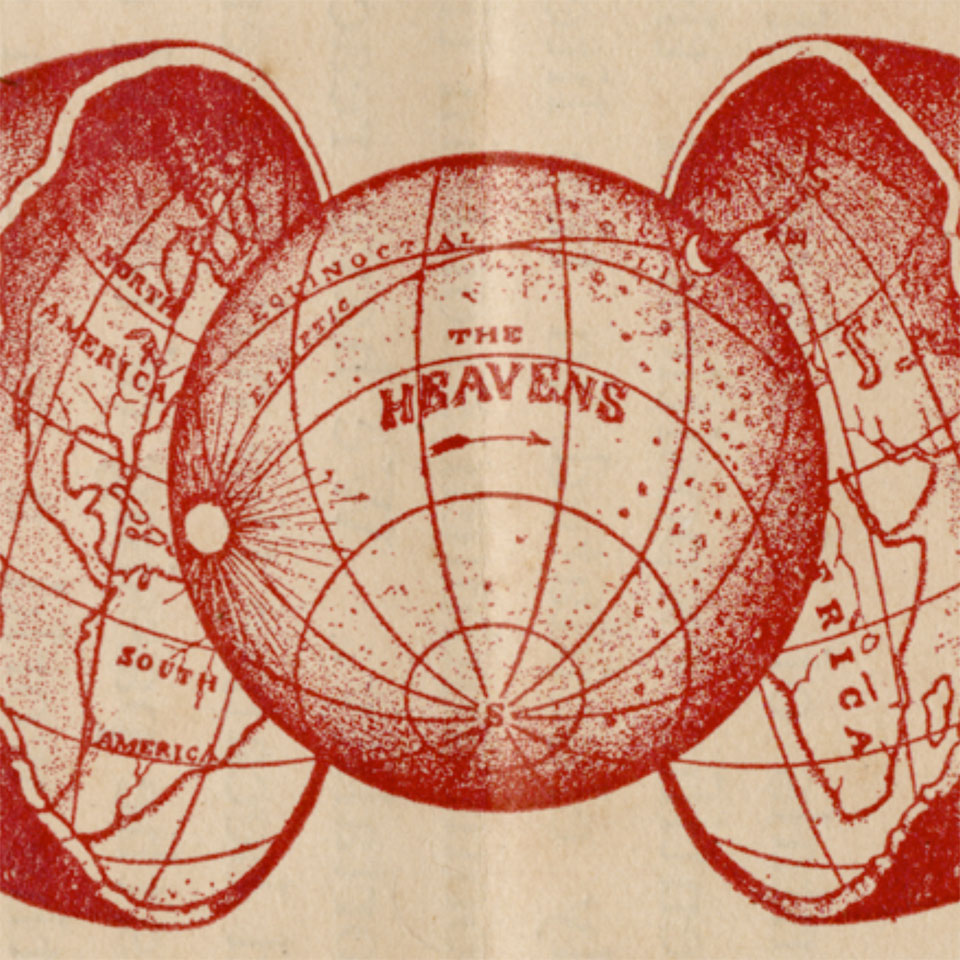
Next we explore a late 19th-century cult founded in upstate New York by Cyrus Tweed, who went by the name “Koresh.” Koreshanity, as it was called, regarded Tweed as a second coming of Christ and taught that earth’s inhabitants actually live on the inside of our hollow planet. His teachings began with an 1869 vision experienced during his laboratory pursuit of what he called “electro-alchemy.” Mrs. Karswell reads for us his account in which he encounters God in his female aspect. We hear of the cult’s heyday in the first years of the 20th century on Estero Island, of the coast of Fort Myers, Florida, and of the uncomfortable situation that attended Tweed’s death in 1908.
We then hear a bit about the man most widely associated with hollow earth pseudoscience, the American John Cleves Symmes, Jr., who in 1812 declared these beliefs in published his “Circular No. 1,” and later lobbied Congress to mount an expedition that would verify his theory. Symmes’ bold proposition was so widely known at the times as to be spun into a novel, our next topic, the anonymously penned Symzonia: Voyage of Discovery (1819), a work of utopian fiction with steampunk-style details.
Edgar Allan Poe’s only novel, written in 1838, The Narrative of Arthur Gordon Pym of Nantucket, describes a voyage into the South Polar seas. Passages from the novel’s startling ending, which appears to describe entrance into the hollow earth, are read by Mrs. Karswell. Poe is believed to have been introduced to this concept by writer, and explorer J.N. Reynolds, who figures into the mystery of the writer’s mysterious death, as we hear.
A bizarre culinary experience is next described in passages from William F. Lyon’s 1821 book, The Hollow Globe. We hear how meat from the frozen remains of mammoths, is taken as evidence for their survival in the earth’s interior.
Finally, we discuss Journey to the Center of the Earth, not just the 1864 novel by Jules Verne but a same-name French novel written earlier in 1821 by Jacques Collin de Plancy. Mr. Ridenour offers some final thoughts on the dinosaurs from Verne’s novel as well as its 1959 film adaptation.
